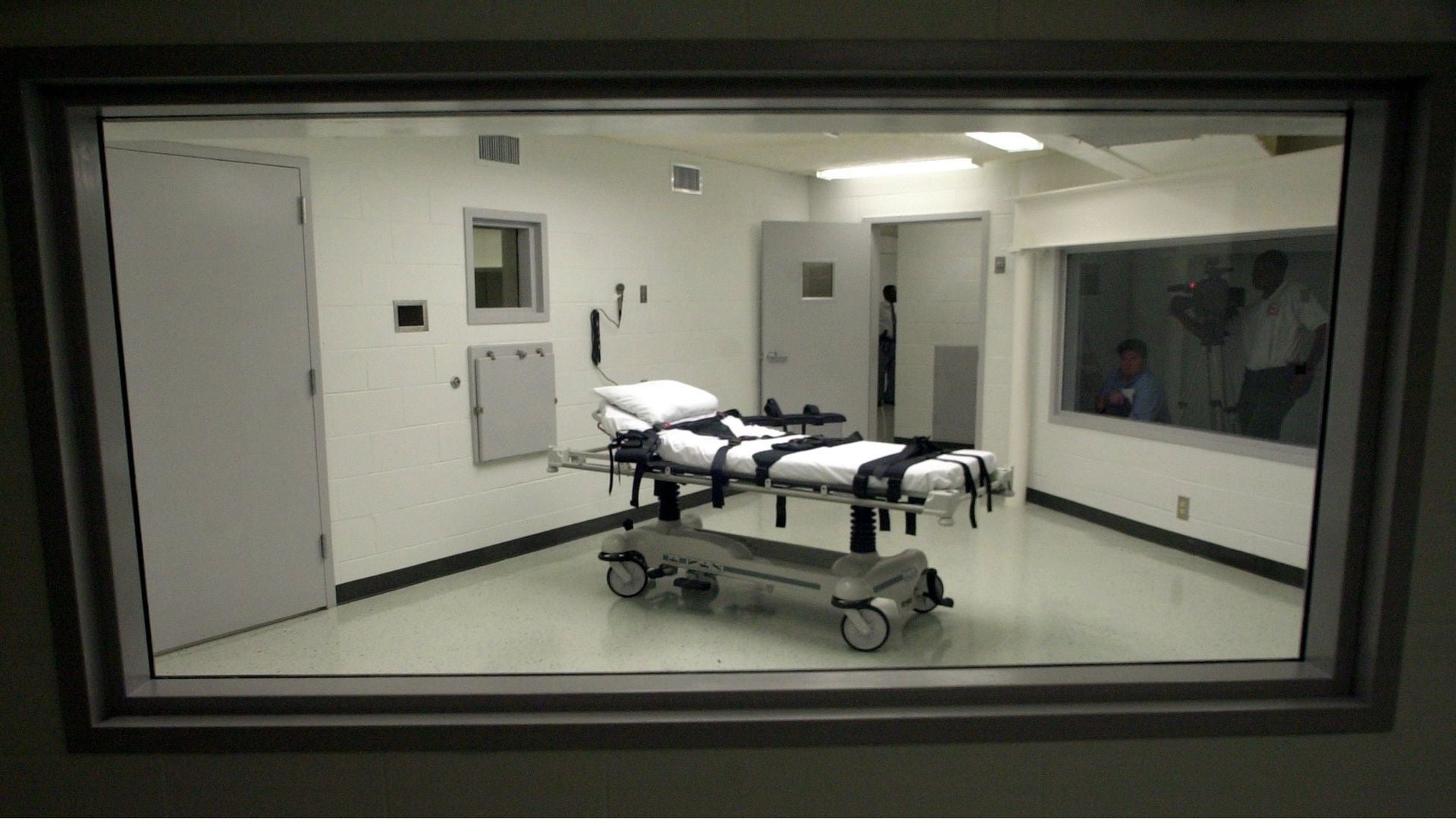Three states have authorized an execution protocol for which there is no known research
Lethal injection was first proposed 40 years ago in Oklahoma as a more humane way to carry out the death penalty. Now US states have a hard time getting their hands on the drugs needed. Companies that manufacture the compounds have stopped selling those drugs because they don’t want to be associated with executions.


Lethal injection was first proposed 40 years ago in Oklahoma as a more humane way to carry out the death penalty. Now US states have a hard time getting their hands on the drugs needed. Companies that manufacture the compounds have stopped selling those drugs because they don’t want to be associated with executions.
Officials have been looking for other options. In March, Oklahoma announced it would be the first state to use nitrogen as a means to kill prisoners, by inducing hypoxia—essentially depriving a condemned inmate of oxygen. The New York Times reports (paywall) that Alabama and Mississippi will also do so.
There’s just one problem: There’s no data to show that it works.
A theory on what breathing pure nitrogen would do
Most of the air we breathe is nitrogen. Oxygen only makes up about 20% of each breath we take. Theoretically, inhaling all nitrogen would cause a prisoner to pass out (a natural response to oxygen deprivation), and then die of hypoxia within a couple breaths.
Inhaling inert gases is certainly lethal—but there’s no evidence to suggest that it’s humane enough to use on death row. The idea to use nitrogen at all came from the BBC documentary How to Kill a Human Being, the Marshall Project reports. An former Republican Oklahoma representative named Mike Christian saw the documentary and called a friend to ask about it. This friend then called two more, and despite the fact that none of them were scientists, they were allowed to present to the state legislature. Their citations included papers that were over 50 years old in 2014, yet still lawmakers were interested.
Oklahoma legislators passed their law after watching “YouTube videos of teenagers inhaling helium, laughing and passing out,” according to the Marshall Project, and that apparently was enough for them. (Prolonged inhalation of helium can be dangerous, and even fatal if oxygen isn’t restored in the body.) Nitrogen, like helium, is considered inert because it doesn’t react with anything else in the body to cause other adverse reactions.
The questions on using nitrogen in executions
There’s no way of knowing exactly how states would carry this out. Do you use a lot of nitrogen at once? Do you slowly raise the percentage of nitrogen so the prisoner feels like they’re falling asleep? What purity of nitrogen could you use? There’s medical- and industrial-grade nitrogen, which is more than 99% pure, but would it suffice to use a gas of lower concentration, similar to the products used to blow up balloons?
Even if states decide on a nitrogen protocol, there’s no way of knowing whether it would actually be painless. The American Veterinary Medical Association ruled (pdf, p. 24) that nitrogen was not a fit form of euthanasia for mammals, but that it would suffice for chickens and turkeys.
“If and when states begin carrying out executions with nitrogen, it will amount to the same type of experimentation we see in the different variations of lethal injection,” Jen Moreno, a lawyer whose work focuses on the death penalty, told the Times. Oklahoma’s executions are currently on hold following injections botched by “inexcusable failures” (paywall), including one in which the inmate writhed in pain before succumbing to a heart attack.
Alabama is the only state of the three to be actively executing prisoners. Mississippi hasn’t executed anyone since 2012. Oklahoma’s state attorney general said in March that he hopes that nitrogen executions will begin by the end of the year.